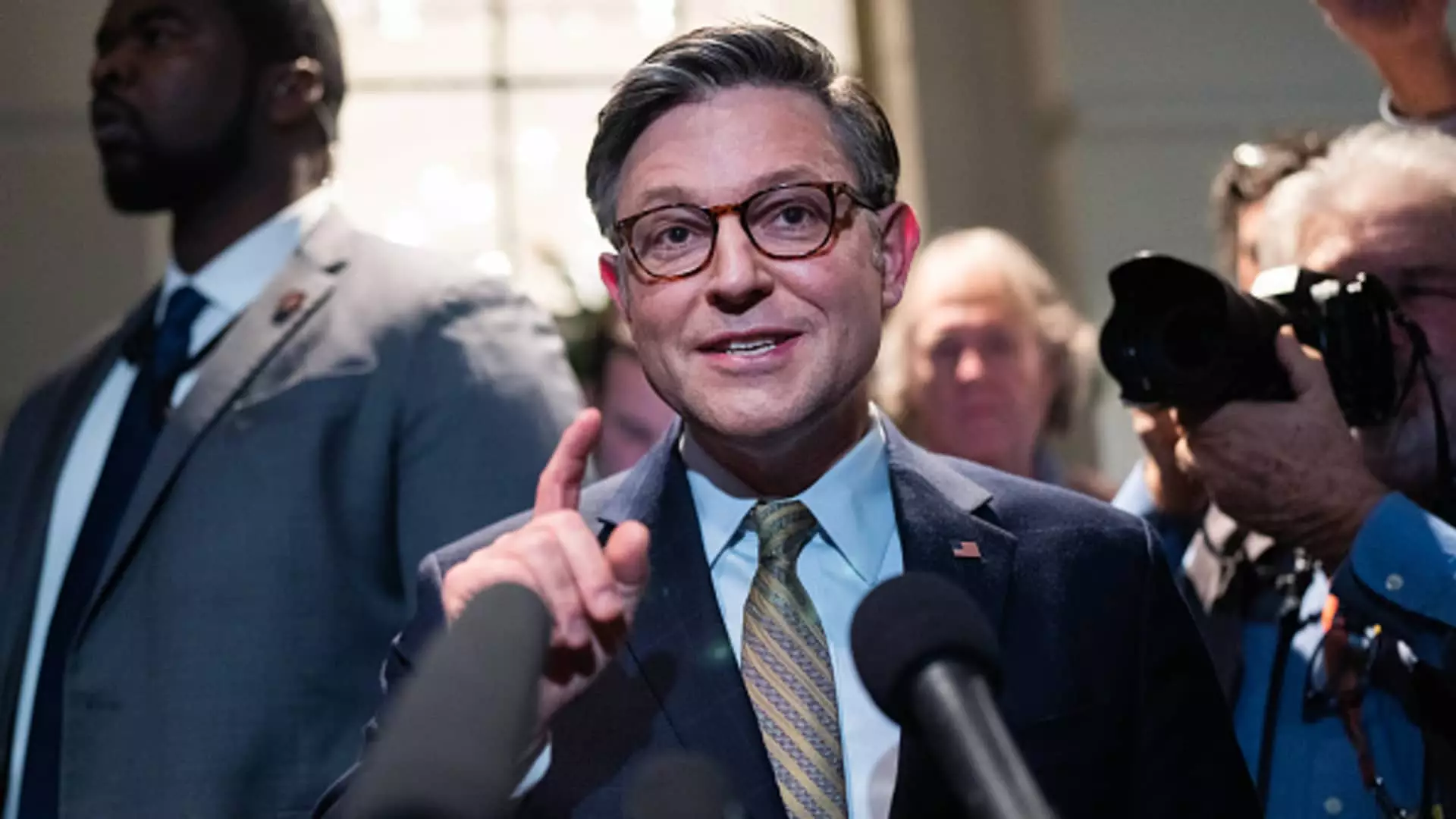In a last-minute legislative maneuver, the House of Representatives approved a crucial federal spending bill that aims to avert a government shutdown, which was looming just hours before the midnight deadline. This move underscores the intricate dynamics of bipartisan cooperation amidst a politically charged atmosphere in Washington. While this development signals progress, a viable path through the Senate and the subsequent hurdles remain in focus.
Essentials of the Spending Bill
This newly passed bill is designed to maintain federal funding at existing levels for three months, providing much-needed continuity in governmental operations. In addition, it includes provisions for disaster relief and support for the agricultural sector, reflecting the immediate needs of various stakeholders across the country. Securing a bipartisan majority, the bill garnered robust support from the Democratic side and substantial backing from two-thirds of members present, indicating a cross-party consensus driven by the urgency to prevent a government shutdown just days before the holidays.
The significance of this consensus cannot be understated; a shutdown could threaten the livelihoods of federal employees and disrupt essential services. This context amplifies the motivation behind bipartisan support, as both parties recognize the potential fallout that could arise from an impasse. However, potential turbulence is on the horizon as the bill moves to the Senate, where procedural intricacies could create obstacles.
As the bill transitioned to the Senate, uncertainty loomed over its fate. The Senate, while controlled by the Democrats, operates under rules that allow individual senators significant leverage to disrupt legislative proceedings. This reality raises questions about the bill’s trajectory, especially considering historical precedents involving contentious debates that have led to prolonged gridlock.
While the expectations are that outgoing President Joe Biden will promptly sign the bill if it passes, the risk of last-minute amendments or procedural delays remains a pressing concern. Press Secretary Karine Jean-Pierre emphasized the administration’s supportive stance, albeit acknowledging the compromises inherent in the legislation. This statement exemplifies how the executive branch is navigating a landscape where collaborative governance faces recurrent challenges.
The journey to this bill’s approval has not been devoid of political machinations. The chaotic lead-up involved intense negotiations, especially as former President Donald Trump and billionaire Elon Musk exerted pressure with their stated demands. Trump’s insistence on the inclusion of a two-year suspension of the U.S. debt limit further complicated discussions, spotlighting the perennial debate surrounding federal borrowing. The debt ceiling consistently emerges as a flashpoint for partisan divisions, with the minority party wielding disproportionate influence over negotiations.
The failure of a previous funding proposal—which sought to combine government funding with a debt limit increase—illuminates the factionalism plaguing the Republican Party. A significant contingent of Republicans, despite their leadership’s endorsement, cast votes against the bill due to its perceived shortcomings. This discord is emblematic of the divisions that characterize the current political climate and presents an ongoing challenge.
The passage of the spending bill signifies a temporary resolution but also serves as a prelude to future confrontations as the new administration takes office. With Trump set to resume influence, the incoming administration may encounter rigorous negotiations as it attempts to address both funding priorities and fiscal constraints.
As the legislative chess match continues, the need for strategic cooperation amongst lawmakers will be critical. The current scenario illustrates how the interplay of political motivations, legislative processes, and public sentiment can shape the functioning of government. The aftermath of this bill’s passage will inform how Congress navigates its responsibilities and priorities in the subsequent months, all while keeping a watchful eye on the elements that threaten to derail progress.
The approved spending bill is more than a stopgap measure; it represents the complexities of governing in divided times. The path forward will require astute diplomacy and a robust willingness to compromise, as exacerbating challenges loom. All eyes now turn to the Senate, where the real test of bipartisan resolve will unfold in the coming hours and days.

Leave a Reply